Picture source = https://www.shutterstock.com/image-vector/cartoon-landscape-clouds-greenhouse-gases-such-381509182
Greenhouse Gases
Q. What are GHGs?
A. A Greenhouse Gas (GHG) is a gas that absorbs infrared radiation (heat energy) emitted from the earth’s surface and reradiates it back to earth’s surface. Greenhouse gases cause the greenhouse effect. The primary greenhouse gases in Earth’s atmosphere are water vapor, carbon dioxide, methane, nitrous oxide and ozone.
Q. What are the main sources of GHGs?
A. The sources of GHGs are both natural and anthropogenic.
Natural sources:- Tectonic activities such as volcanic eruptions that operate at timescales of millions of years are a natural source of GHGs. Other natural processes such as respiration by living organisms, decay of vegetation, gases emitted from soil, wetland, and ocean sources and sinks, operate at timescales of hundreds to thousands of years.
Anthropogenic sources:- Human activities – especially burning/combustion of fossil-fuel, organic matter, farmland waste etc., – are responsible for steady increases in atmospheric concentrations of various greenhouse gases; especially carbon dioxide, methane, ozone, Chlorofluorocarbons (CFCs) and Hydrofluorocarbons.
Q. Why are GHGs important?
A. Greenhouse gases are important because they cause the greenhouse effect that enables maintenance of optimum temperature on planet earth for the survival of life on Earth. They play a crucial role in earth’s energy budget by absorbing sun’s energy and warming up the atmosphere thereby increasing the temperature of the planet. Without greenhouse effect the average temperature of Earth’s surface would be about -180c instead of the present average of 150c.
Q. What is greenhouse effect?
A. The heating up of Earth’s troposphere (the lowest level of atmosphere) caused by the presence of greenhouse gases is known as greenhouse effect. The atmosphere allows most of the visible light from the sun to pass through and reach earth’s surface. As sunlight heats up the earth’s surface, some of this energy is radiated back to space, as infrared radiation. This infrared radiation is absorbed by GHGs in the atmosphere raising its temperature.
Q. What is global warming?
A. The phenomenon of increase in average atmospheric temperatures near the surface of the earth over the past two centuries, due to increased emission of GHGs from various human activities is called global warming.
Q. What are the major industries that emit GHGs?
A. The top five industries that emit GHGs are (i) energy production (fossil fuel based power plants), (ii) agriculture forestry and other land use (AFOLU), (iii) transport, (iv) mining, manufacturing and construction and (v) Residential, commercial and institutional sectors.
Q. What is carbon sequestration?
A. A natural or artificial process by which carbon dioxide is removed from the atmosphere is called carbon sequestration. The long-term storage of carbon dioxide as compounds in solid or liquid state helps mitigate global warming. Afforestation or growing trees is a form of carbon sequestration.
[Contribution by: Anitha Joy, Manager (Environment)]
“हर किसी एक को अपना कूड़ा खुद साफ करना चाहिए” – महात्मा गांधी
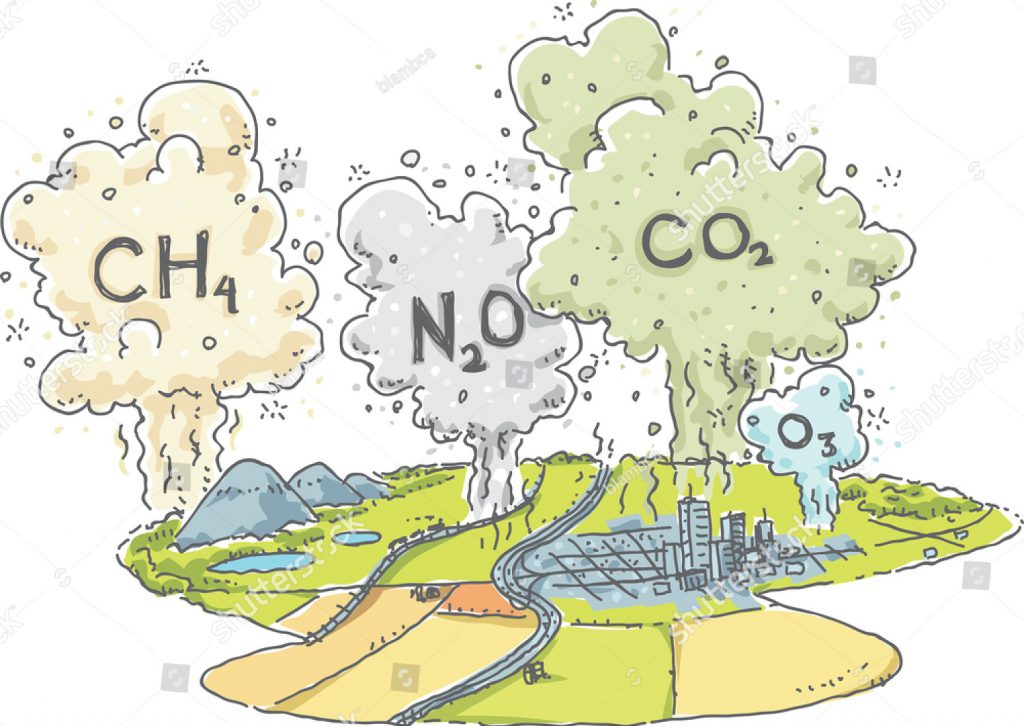





























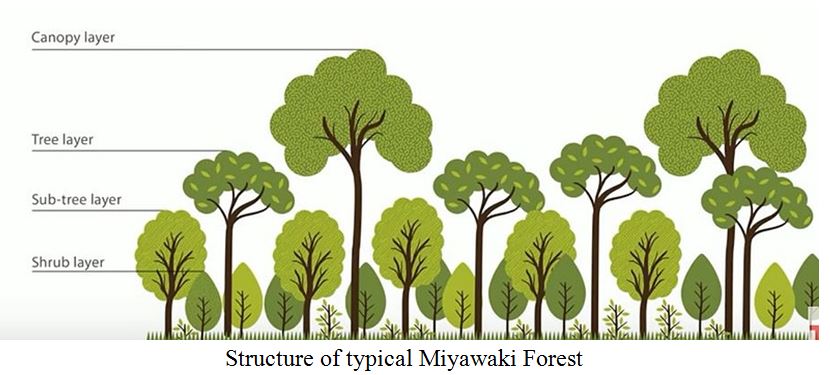


































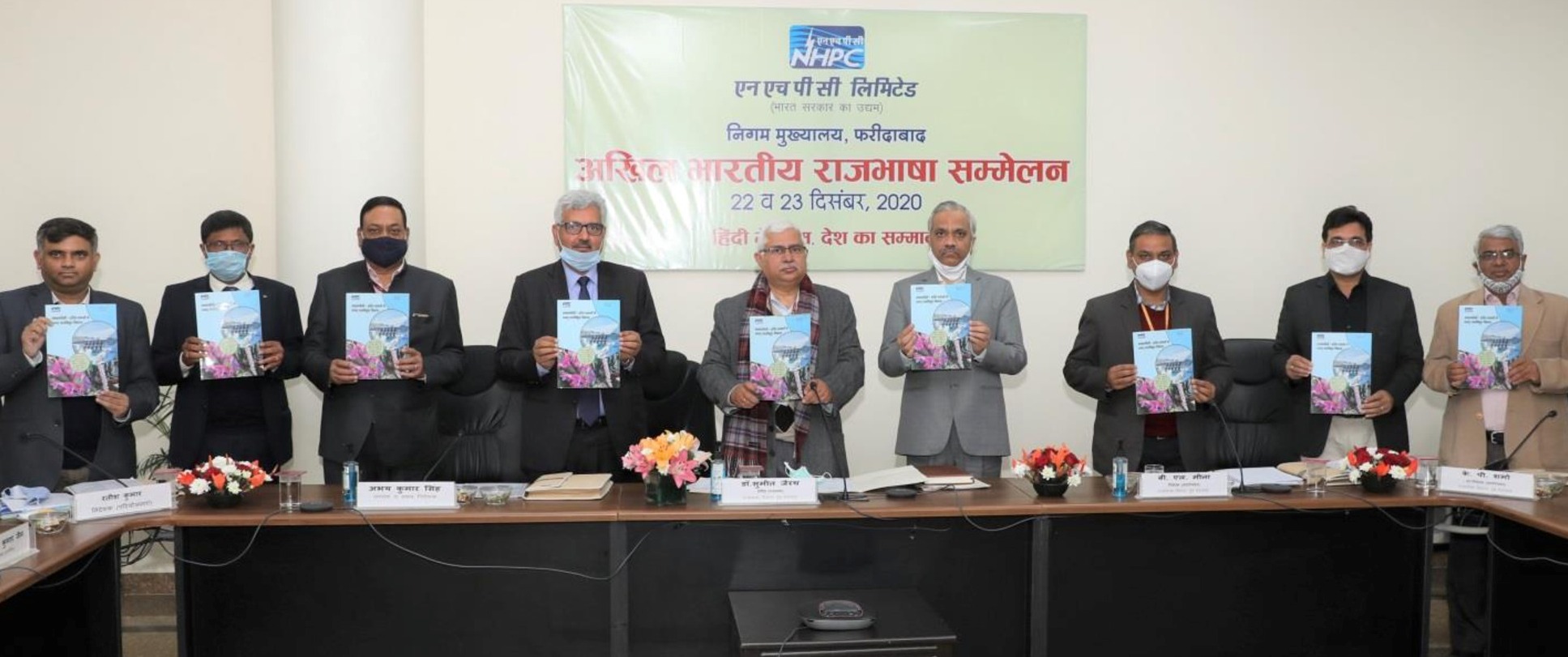










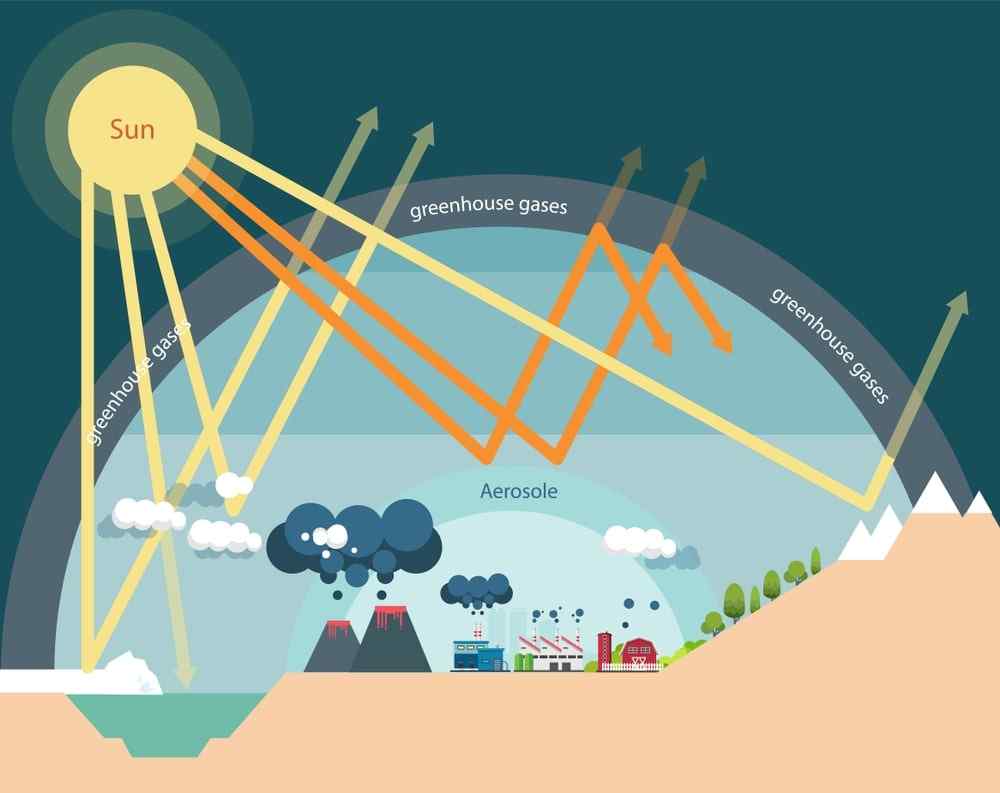

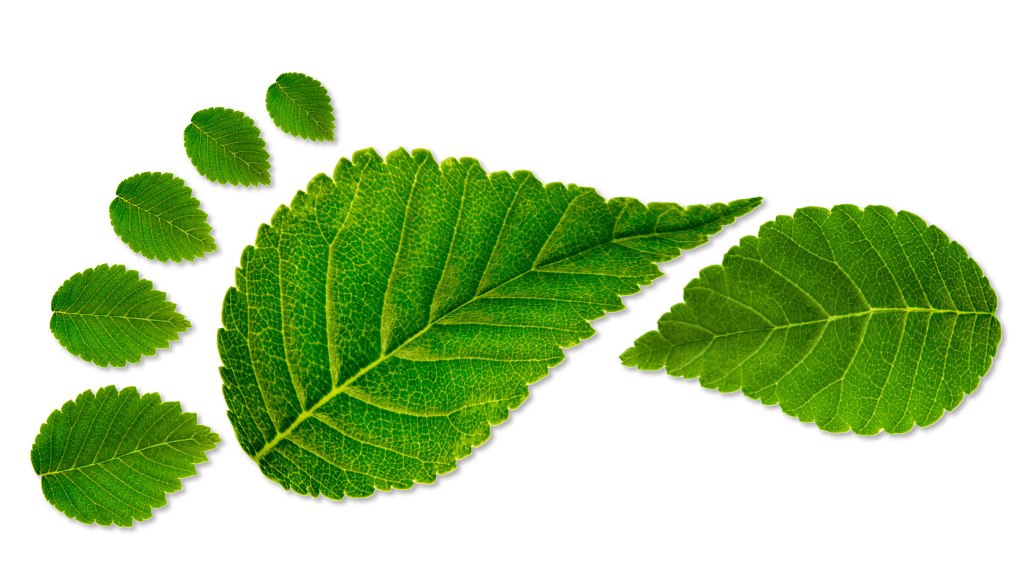






















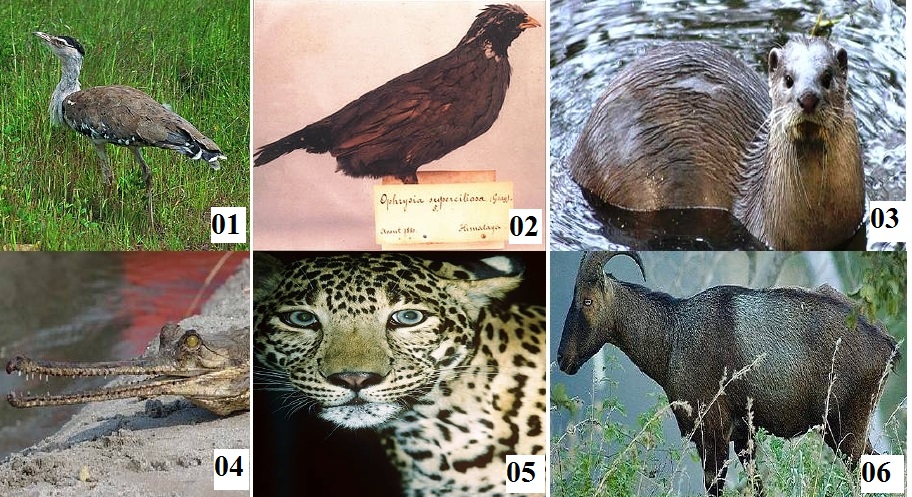

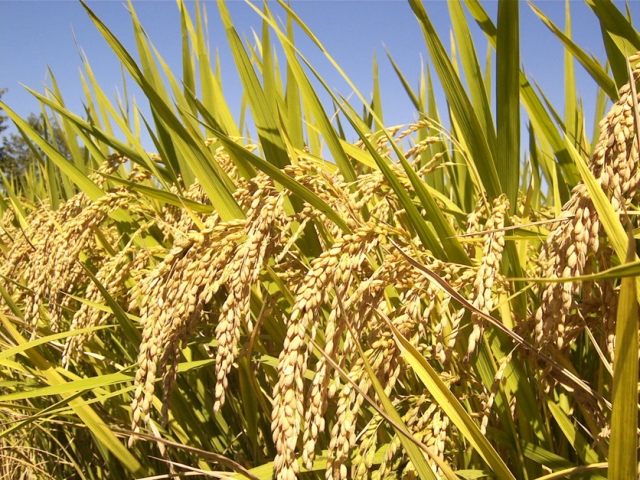
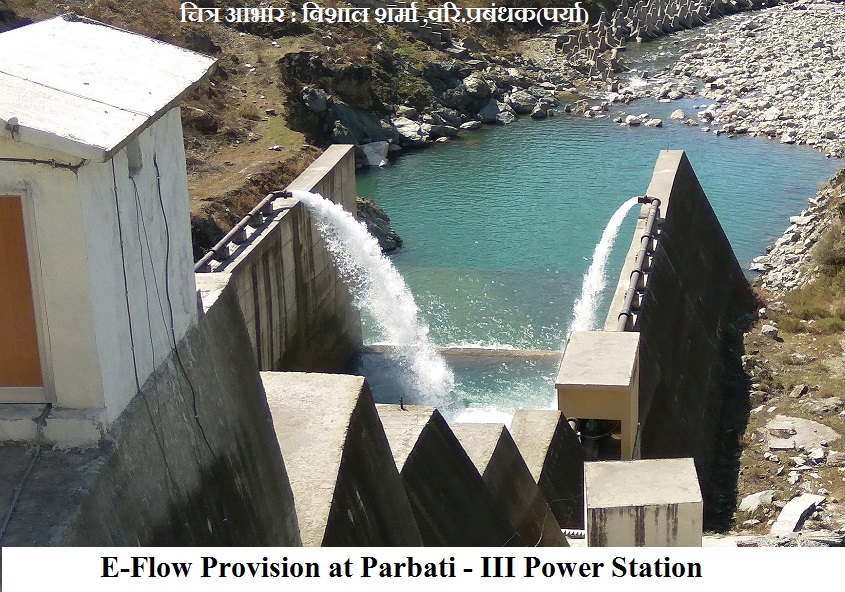


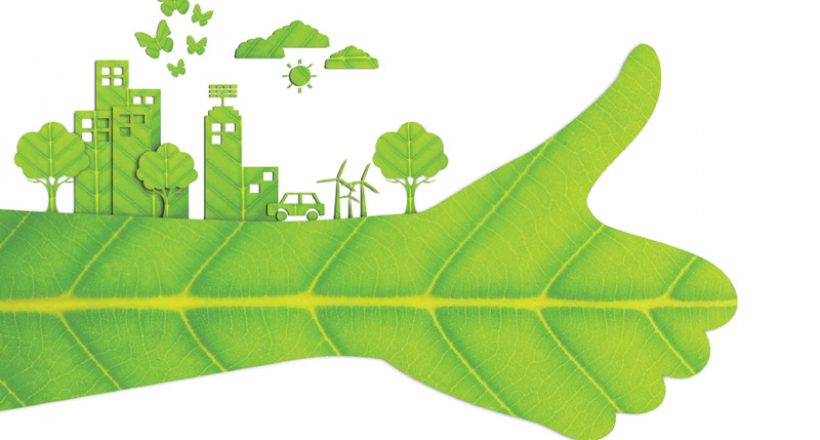
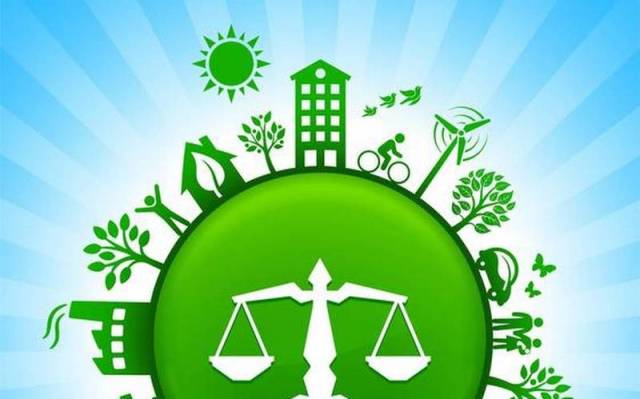














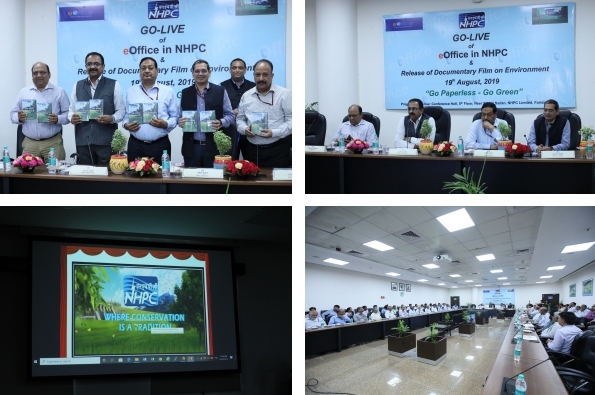
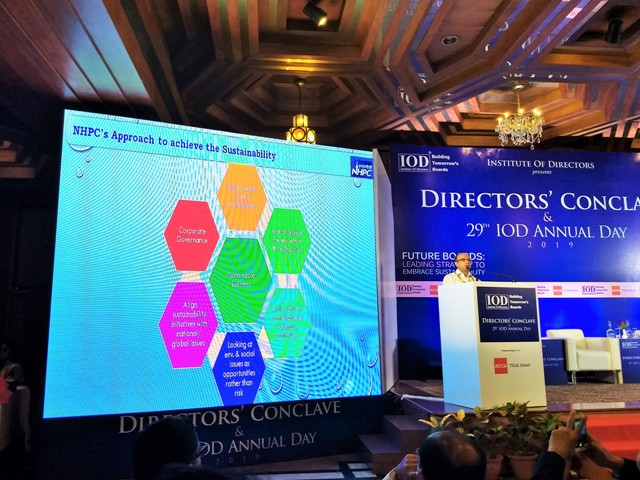
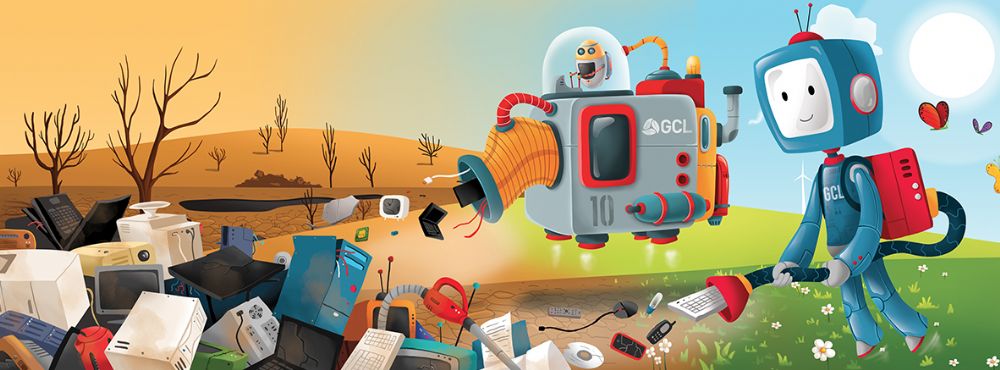



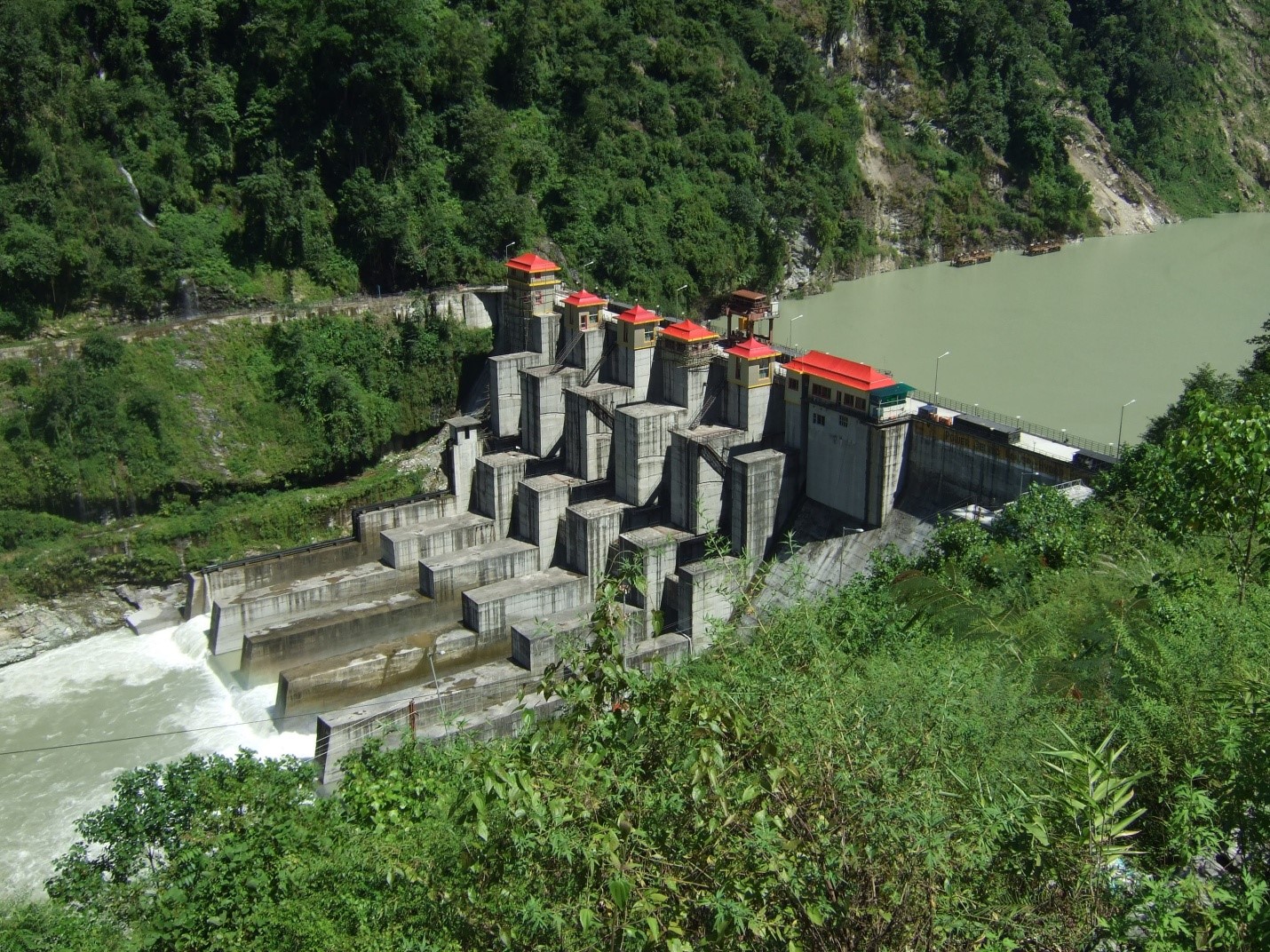








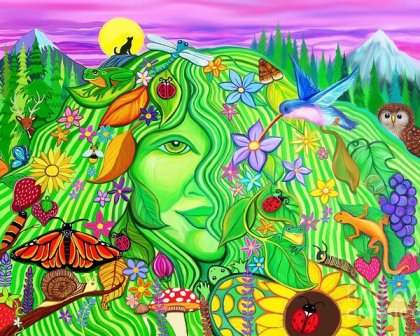


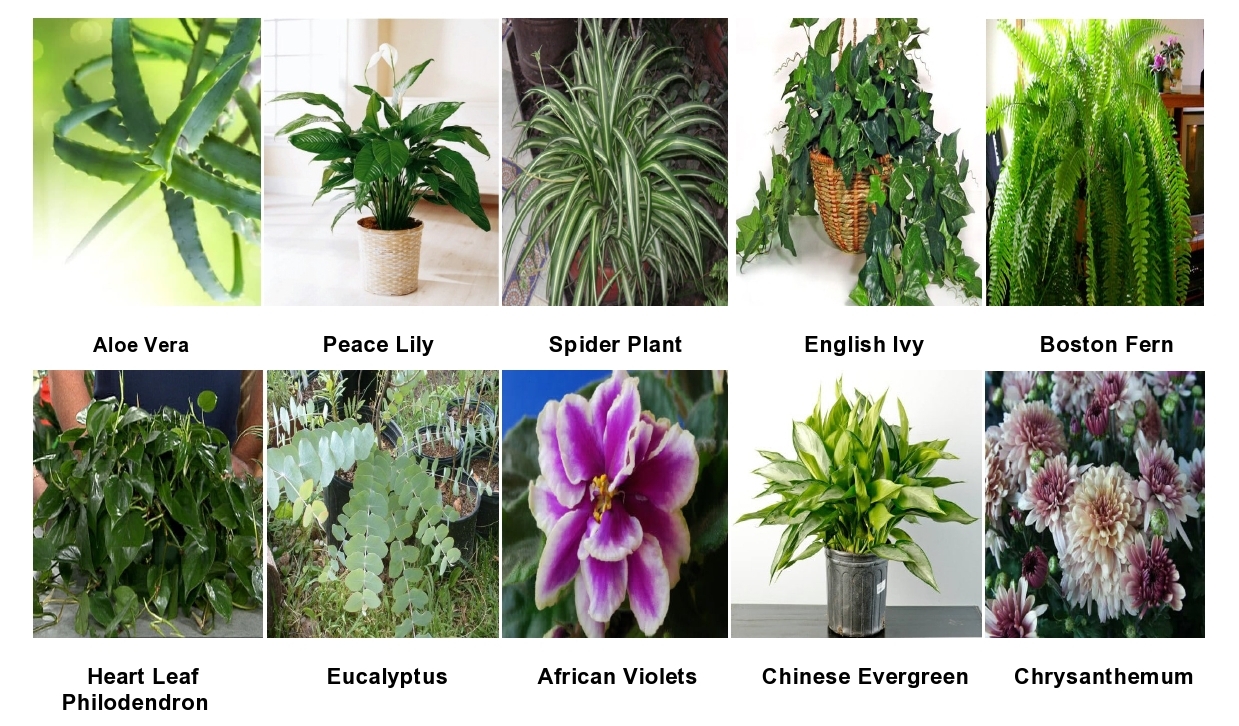
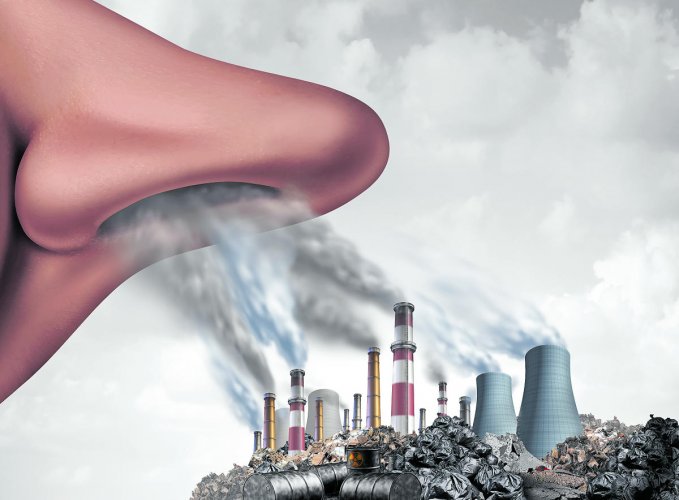

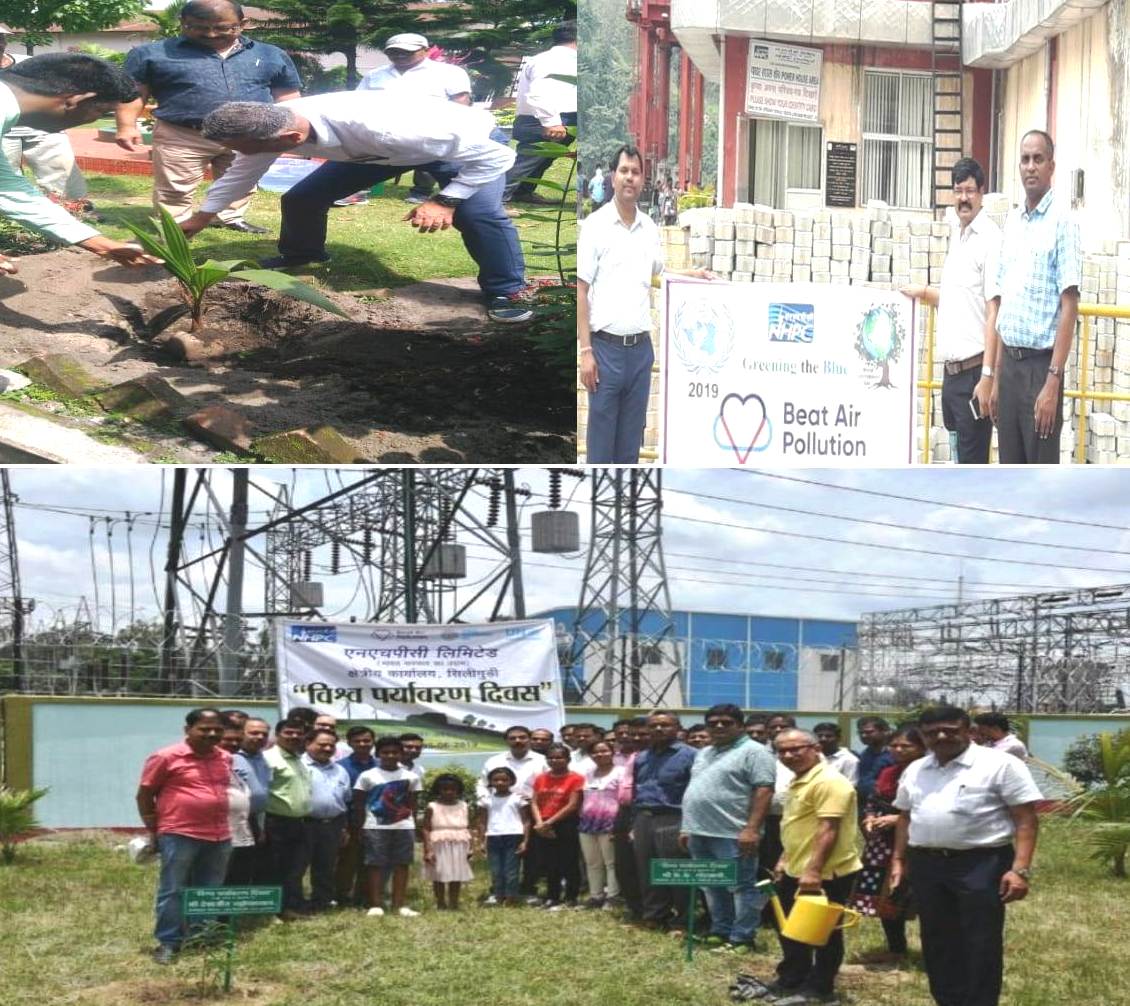
















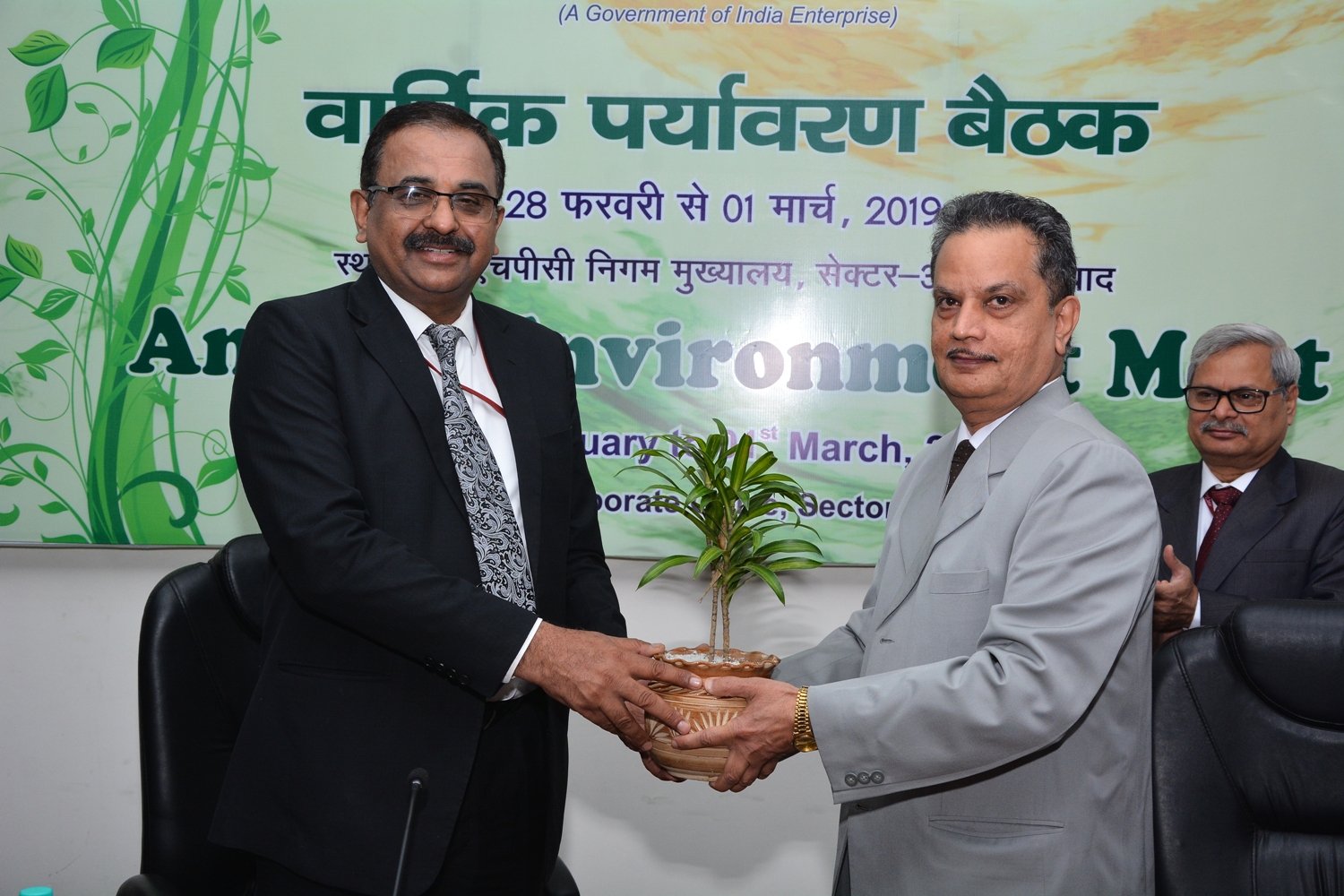











Leave a Reply